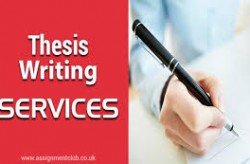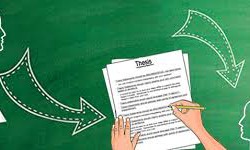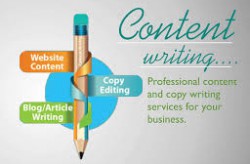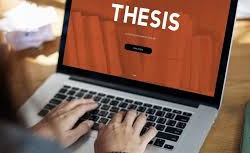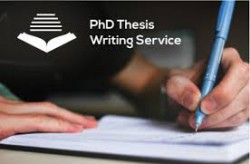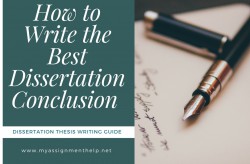The Effect of Teaching Critical Thinking Skills on the Language Learning Strategy Use of Iranian EFL Learners with Different EQ Levels
- پس از پرداخت لينک دانلود هم نمايش داده مي شود هم به ايميل شما ارسال مي گردد.
- ايميل را بدون www وارد کنيد و در صورت نداشتن ايميل اين قسمت را خالي بگذاريد.
- در صورت هر گونه مشگل در پروسه خريد ميتوانيد با پشتيباني تماس بگيريد.
- براي پرداخت آنلاين بايد رمز دوم خود را از عابربانك دريافت كنيد.
- راهنماي پرداخت آنلاين
- قيمت :390,000 ریال
- فرمت :Word
- ديدگاه :
پروپوزال آماده زبان انگلیسی
The Effect of Teaching Critical Thinking Skills on the Language Learning Strategy Use of Iranian EFL Learners with Different EQ Levels
-Preliminaries
Human beings are endowed with a complicated maze of neurons, which enable them to make sense of the organic and disciplined world surrounding them. However, the approaches they employ in thinking are the most significant factors which determine their degree of understanding (Gholampour, 2011). Scholars such as Facione (1990) and Halpern (1996) believed that thinking is important, and highly applicable to the teaching context. Taking thinking as a mental process, Halpern (1996) classified it into the following categories; (a) perceptual or concrete thinking, (b) conceptual or abstract thinking, (c) reflective thinking, (d) creative thinking, (e) critical thinking, and (f) non directed or associative. Among these categories, critical thinking defined as a form of high-level thinking, is one of the thinking approaches necessary for the individual’s success in education, social and interpersonal context, and workplace.
The origin of critical thinking as documented in previous literature refers mainly to the Greek philosophers such as Socrates, who emphasized the importance of “seeking reasons, questioning assumptions, analyzing concepts, and figuring out the implications of what was believed and acted upon” (Wright, 2000, as cited in Moaven, 2008, p. 2).
…………..
-Statement of the Problem
In a rapidly changing world of second language learning, it is essential to educate students who think critically and analytically. Critical thinking is a factor that might affect the choice of language learning strategies (Nosratinia, GhanbariAsiabar, and Sarabchian, 2014). The advantages of choosing different language learning strategies along with critical thinking skills have been emphasized by different researchers (Green & Oxford, 1995). Learners with high levels of critical thinking skills will be successful not only in their second or foreign language learning, but also in other aspects of their own life. Furthermore, various scholars believe that successful language learners use a wider range of strategies (Oxford, 1999).
Although the classroom setting is the best place for the development of critical thinking skills, for English language learners, the combination of critical thinking with four macro skills is still a challenge (Kagnarith, Theara, & Klein, 2007).Unfortunately, sometimes EFL learners are not aware of critical thinking skillsand effective language learning strategies. .
……………
-Significance of the Study
Language learning strategies are the specific actions taken by the learners to make language learning more enjoyable and self-directed. Employing appropriate LLSs facilitates language learning and leads to better performance and success while learning a new language (O’Malley & Chamot, 1990). As Fedderholdt (1997) stated, “the language learner capable of using a wide variety of language learning strategies appropriately can improve his language skills in a better way” (as cited inTseng, 2005, p. 324). Interest in teaching language learning strategies to second language learners is due in large part to the fact that learner-centered methods of teaching has gained widespread attention. Moreover, second language acquisition research has shifted from the products of learning towards the processes through which learning takes place (Oxford, 1990).
……….
– Research Questions of the Study
– Hypotheses of the Study
– Definitions of Key Terms
Review of the Literature
Methodology
– Pilot Study
– Design of the Study
– Participants
– Materials
– Procedures
– Scoring
– Data Analysis
References







